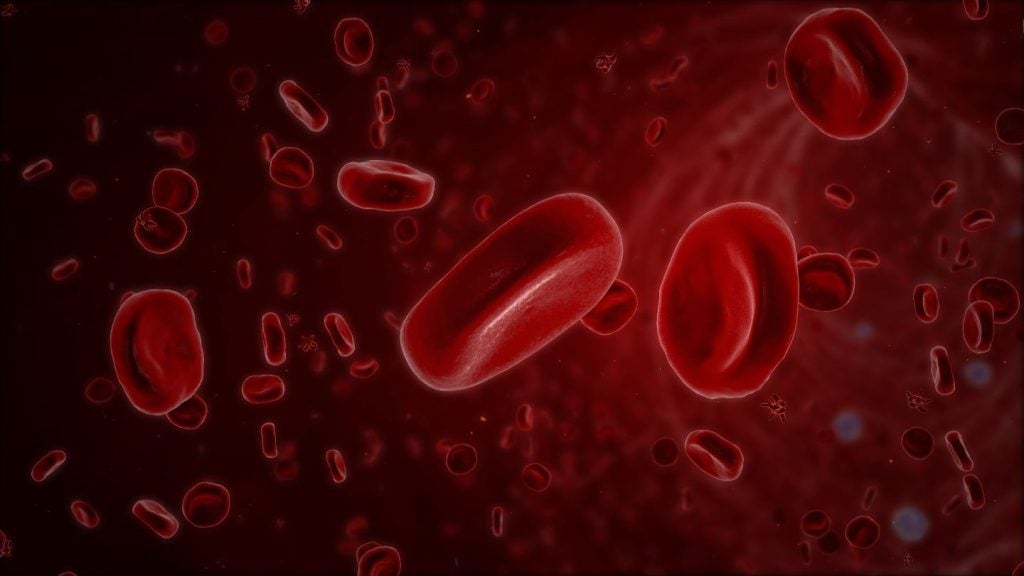
Researchers at the Washington University School of Medicine in St Louis have found that three antibiotic drugs that are not effective against a drug-resistant staph infection individually can kill the deadly pathogen when used as a trio.
During the research, meropenem, piperacillin and tazobactam were used in a combination to kill methicillin-resistant Staphylococcus aureus (MRSA) in test tubes and laboratory mice, and researchers believe the same three-drug strategy may be effective in humans.
Washington University pathology and immunology associate professor and principal investigator Gautam Dantas said: "MRSA infections kill 11,000 people each year in the US, and the pathogen is considered one of the world’s worst drug-resistant microbes.
"Using the drug combination to treat people has the potential to begin quickly because all three antibiotics are approved by the FDA."
All these drugs are from a class of antibiotics called beta-lactams that has not been effective against MRSA for decades.
The Dantas’ team, which has worked with collaborators in the microbiology laboratory at Barnes-Jewish Hospital, has tested and genetically analysed 73 different variants of the MRSA microbe to represent a range of hospital-acquired and community-acquired forms of the pathogen.
How well do you really know your competitors?
Access the most comprehensive Company Profiles on the market, powered by GlobalData. Save hours of research. Gain competitive edge.

Thank you!
Your download email will arrive shortly
Not ready to buy yet? Download a free sample
We are confident about the unique quality of our Company Profiles. However, we want you to make the most beneficial decision for your business, so we offer a free sample that you can download by submitting the below form
By GlobalDataDuring the research, several MRSA bugs were treated with the three-drug combination and found that treatments worked in every case.
Dantas said: "Without treatment, these MRSA-infected mice tend to live less than a day, but the three-drug combination cured the mice. After the treatment, the mice were thriving."
The three drugs, which attack the cell wall of bacteria, work in a synergistic manner, as they are more effective when combined.
The research also showed that the drugs did not produce resistance in MRSA bacteria, an important finding since an increasing amount of bacteria are developing resistance to available drugs.
Dantas further noted: "This three-drug combination appears to prevent MRSA from becoming resistant to it.
"We know all bacteria eventually develop resistance to antibiotics, but this trio buys us some time, potentially a significant amount of time."
The team is also investigating other antibiotics thought to be ineffective against various bacterial pathogens to see if they are effective when used in combination with other drugs.
Dantas said: "We started with MRSA because it’s such a difficult bug to treat. But we are optimistic the same type of approach may work against other deadly pathogens, such as Pseudomonas and certain virulent forms of E coli."
The research is funded by the National Institutes of Health’s (NIH) National Institute of Diabetes and Digestive and Kidney Diseases; the National Institute of General Medical Sciences; and the National Institute of Allergy and Infectious Diseases.
Additional funding came from an NIH director’s new innovator award and a Ruth Kirschstein National Research Service Award from NIH.
Image: Clumps of MRSA bacteria magnified more than 2,300 times by an electron microscope. Photo: courtesy of Janice Haney Carr/Washington University in St Louis.







